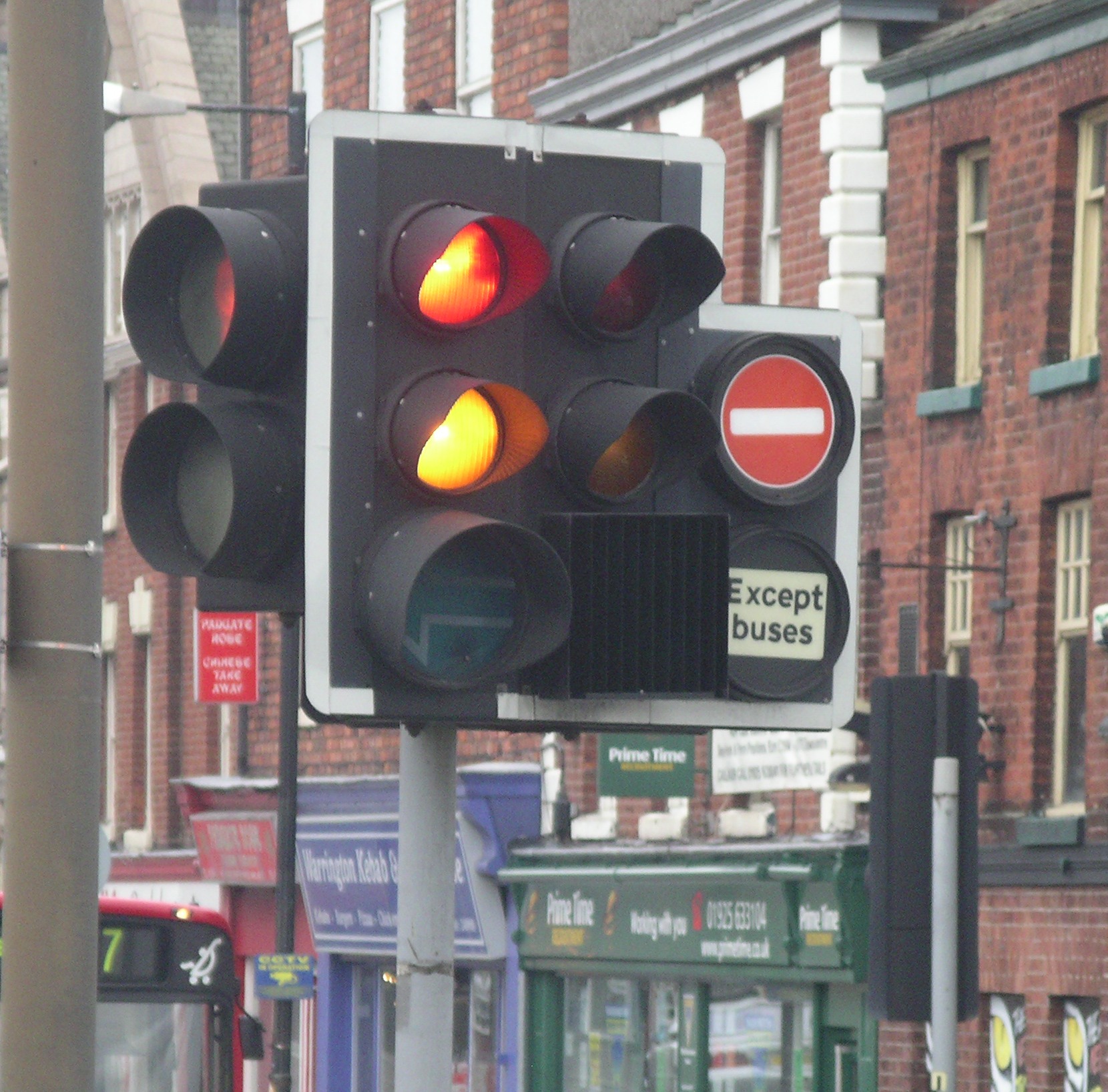
According to a recent article from
Reuters, the town of Bohmte, Germany, will abandon its usage of traffic lights and stop signs in its downtown area in an attempt to improve road safety. Bohmte is not alone in its efforts. The
“Shared Space” concept, developed by Hans Monderman, a Dutch traffic specialist, is being fulfilled in seven pilot projects
across the Netherlands, Denmark, Germany, the U.K., and Belgium. In the U.S., officials in West Palm Beach, Florida, have been successful in slowing down traffic and reducing accidents by also following the concept.
The Shared Space philosophy embraces the goal of creating more space for human beings by allowing motorists and pedestrians to share equal rights of way. Wide boulevards previously designed to only accommodate motor vehicles are being converted into narrow streets with widened sidewalks.
Monderman touches upon his somewhat
radical approach to traffic calming where he explains that roads that may appear to be more dangerous are in fact safer.
An entry in
Wikipedia further discusses the objectives, practice, and the pros and cons of a traffic engineering philosophy that suggests that pedestrians and drivers can indeed occupy road space in a more compatible manner. This unconventional approach to driving behavior, road design and road architecture, may one day make, at least in certain areas, traffic signs and signals obsolete.

 According to Reuters, Kystverket, the Norwegian Coastal Administration has approved plans for the world's first shipping tunnel. Likely to cost around $310 million, the tunnel would span 1,700 metres (5,577 feet) across the base of the Stad peninsula. The tunnel is to be located well inland where the openings would be sheltered from the raging storms of the North Sea.
According to Reuters, Kystverket, the Norwegian Coastal Administration has approved plans for the world's first shipping tunnel. Likely to cost around $310 million, the tunnel would span 1,700 metres (5,577 feet) across the base of the Stad peninsula. The tunnel is to be located well inland where the openings would be sheltered from the raging storms of the North Sea.














































